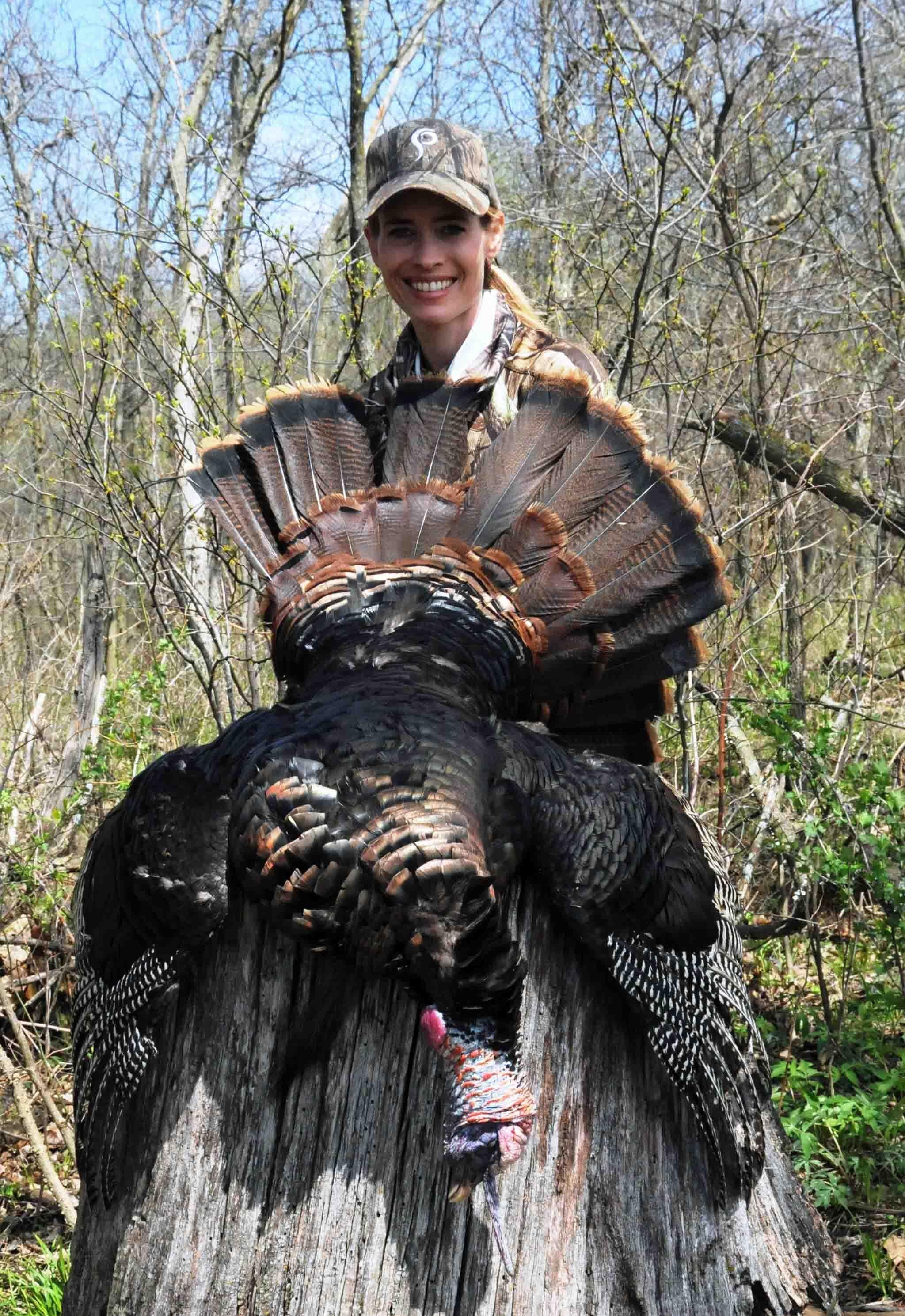This technique is nothing new, but it's all the rage among modern turkey hunters. Here's a first-timer's perspective.
Jeremy McCarty refuses to call what we're doing turkey hunting. According to him, we are turkey reaping, and, unlike turkey hunting, where concealment is key, when turkey reaping, you want the gobblers to see you -- or at least see the decoys you're using to close the distance.
I've turkey hunted a lot. But this is unlike anything I've ever tried. It's intense, aggressive, and at times, exhausting. There's no sitting and waiting and there's very little, if any, calling. When Jeremy is out to reap a turkey, he drives past agricultural fields where he has permission to hunt until he spots a strutting tom. Then, with a decoy in one hand and his gun in the other, he crawls toward the bird, challenging it to a fight. When it works, and it usually does, the tom will charge in, sometimes getting close enough to reach out and grab it.
This is an ancient hunting technique, once practiced by Native Americans. Bored with sitting in a blind and calling, Jeremy and his friend Chancy Walters decided to try it several years ago, initially using just a dried turkey fan. The results thrilled them. The toms, especially the aggressive ones, would not only stand their ground but they'd often charge in toward the decoys. Shooting distances were measured in feet, rather than yards.

Of course, not everyone is in favor of turkey reaping. There is the real threat of getting shot if another hunter mistakes you for a strutting tom. Turkey reaping could be especially dangerous if performed on public land or near dense vegetation where your presence is not obvious. Some turkey purists are adamantly opposed to it, claiming that it is not only dangerous, but unsportsmanlike. Finally, in some states, stalking turkeys is illegal.
Yet, where it is legal, plenty of hunters are eager to try turkey reaping - and finding that it works for them, too. Jeremy and Chancy are now watching as the turkey-reaping trend sweeps across the country.
If I'm honest, I was a little unsure about this method myself. But now, I'm having a blast. And I'm realizing that's it's not quite the dangerous, unsportsmanlike tactic that some claim. At least not in this situation, where we're hunting vast, wide-open fields. Nor is it a guaranteed way of killing a turkey. After three long, exhausting days of hunting, I've yet to fill my Iowa tag. I had one chance, but hitting a running gobbler at 3 yards with a turkey gun is tougher than you might think. But finally, it looks like we might get another opportunity. We're creeping up on three strutters on the opposite side of a flooded field, and they're giving us the mean eye.
Jeremy and I crouch behind the decoys, crawling through ankle-deep water to get to the center of the field. The strutters break and begin walking directly toward us. We're like two opposing forces destined to clash in the middle. Finally, when the gobblers are in easy gun range and still coming, Jeremy stakes the decoys in the ground and tells me to get ready to shoot. I slowly lift the barrel of my gun between the two decoys and aim at the larger tom. The strutters keep right on toward us, paying no attention to the gun barrel or to the two camouflaged forms behind the decoys. They finally hang up when they reach a deeper water puddle, and seem to realize something's not quite right. When they turn to leave, I down the middle bird. He falls, flapping and splashing in the water. I collapse myself, relieved, shaking with excitement, and soaking wet. After three days of hard hunting, I finally experience a successful turkey reap.
Is turkey reaping a good thing or a bad thing? I think that's up to the individual hunter to decide. Personally, I can't wait to try it again.
Editor's note: This article was first published on May 28, 2014.
Go here for more Realtree Turkey Hunting. Follow us on Facebook.








